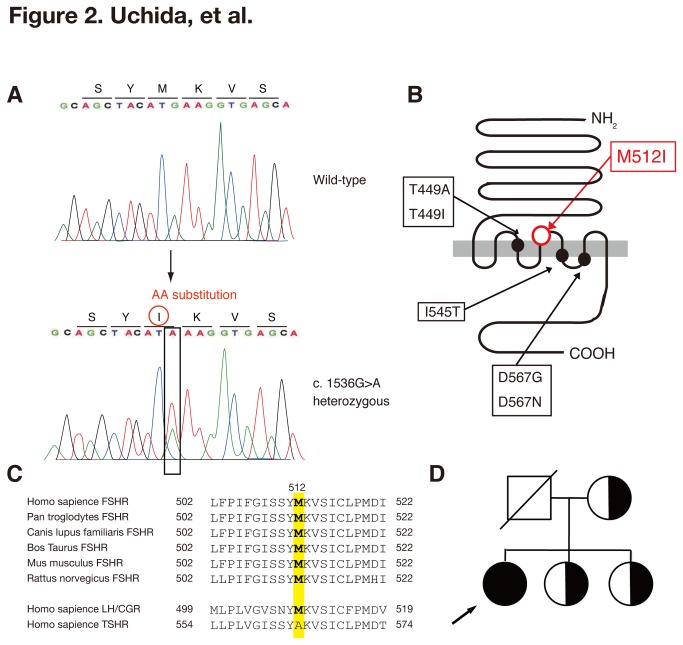Figure 2. New FSHR mutation and family pedigree.
(A) Result of nucleotide-sequencing of exon 10 of the hFSHR of the patient in comparison to the respective wild-type sequence. The transversion G>A at position c.1536 is indicated by an arrow on the wild-type sequence. In-frame amino acids are indicated above each sequence. (B) The location of the amino acid substitution in the FSHR protein. The previously reported activating mutations linked to sOHSS are also indicated [42]. (C) The sequences around the target region of FSHR in other species. The relevant amino acid sequences of human luteinizing hormone receptor (LH) and thyroid-stimulated hormone receptor (TSHR), which are highly homologous to human FSHR as analyzed by Blastp (http://blast.ncbi.nlm.nih.gov/Blast.cg), are also listed. (D) Family pedigree. The arrow indicates the patient. The black symbol indicates the occurrence of the sOHSS symptoms. Half-shaded symbols indicate unaffected heterozygotes. Circles represent females and squares male family members.

